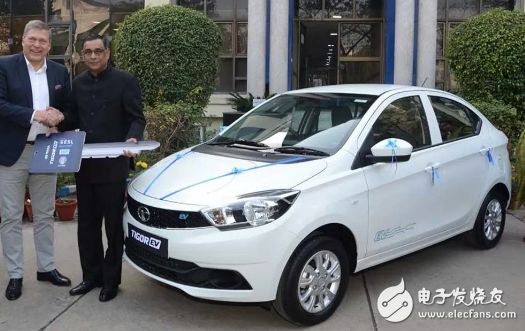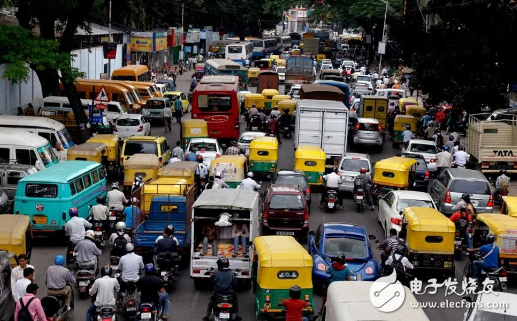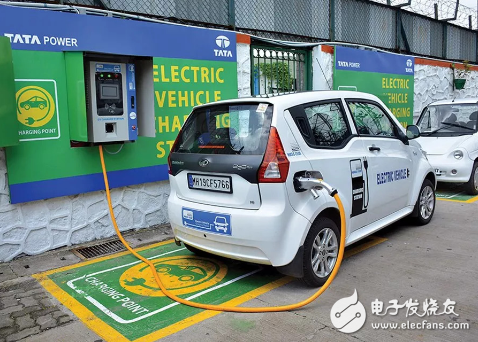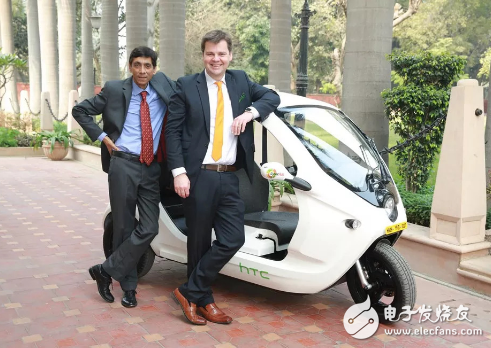On September 7, Osamu Suzuki, Chairman of Japan's Suzuki Motor Company, said at the Global Mobility Summit in New Delhi: "Suzuki will begin road testing of 50 electric prototypes in India to develop products for Indian consumers. Safe and easy-to-use electric vehicles, and plans to cooperate with Toyota to launch electric vehicles around 2020."

Although India's economy is underdeveloped and the per capita annual income is less than US$2,000, the population base of 1.3 billion and the rapid economic growth in the past five years have made India a car market with huge potential. At the same time, the environmental pollution situation in India is also very severe. India accounts for 14 of the 20 most polluted cities in the world, and 80% of India’s crude oil needs to be imported.

Various factors have prompted India to have an urgent demand for new energy vehicles. At the same time, the easy-to-pass A00-class pure electric vehicles and low-speed electric vehicles are popular among Indian consumers. Naturally, many car companies will not let this low-cost and high-profit A money-making machine, this is one of the reasons why Suzuki, which focuses on boutique small cars, attaches importance to the Indian market.

The Indian government plans to achieve cumulative sales of 6-7 million hybrid or electric vehicles in 2020. Indian Transport Minister Nitin Gadkari once stated: “The Indian government hopes to ensure that at least 15% of its cars are powered by electricity in the next five years. Raise this proportion to 30% by 2030."
Although this goal does not seem difficult, at this stage, due to the high battery cost, the promotion of electric vehicles still relies on government incentives. For example, China and the United States have long-term and stable subsidy policies for new energy vehicles. The Indian government launched the FAME plan in April 2015, but the focus is on advancing the development of new energy vehicle technology, pilot projects and charging infrastructure. It has not introduced subsidies for the purchase and sale of vehicles for consumers and car companies. Consumers have not generated enough for electric vehicles. With passion, only 6,800 electric vehicles were sold in India in 2017. The FAME plan will end at the end of September 2018. Many car companies hope to see the attitude of the Indian government in the new phase at the Global Mobility Summit in New Delhi. However, the Indian government has not released any positive signals.

Many car companies can hardly conceal their disappointment. Indian car company Mahindra Chairman Pawan Goenka said: "Due to the lack of clarity in policies, anxiety in the industry is increasing. Car companies themselves can hardly afford the cost of transitioning to electric vehicles. And we don’t know the specific content and implementation time of the next phase of the policy."
Another executive of an auto parts manufacturer said: "We are very much looking forward to the summit to announce a clear policy direction, but the content of the meeting is repetitive, and no major statement was issued."
In addition to these pessimists, many car companies, including Suzuki, expressed positive views during the summit. Rahil Ansari, head of Audi India, said: "If the Indian market environment is better during 2019-2020, Audi will launch the Audi e-tron."
Chen Zhixin, President of SAIC Motor of China, said: “MG Motor, a wholly-owned subsidiary of SAIC in India, will launch pure electric products with global competitiveness in the near future.â€
In addition, many complete vehicle and supply chain companies are also actively deploying the Indian market. India’s largest comprehensive automobile company, Tata Motors, has decided to build an electric vehicle factory to produce its first electric vehicle TIgor EV, with a production capacity target of 40 vehicles per day. . At present, Tata Motors has delivered 1,000 TIgor EVs to the Indian government and will be open to private purchases in the near future. At the same time, the electrification of its Zest, Bolt, TIago and other models is also actively being carried out. Mahindra, another local car company in India, also plans to launch two new electric models in 2019.
Chinese electric car giant BYD and its Indian partner Goldstone also plan to produce no less than 5,000 electric cars each year by March 2021. In addition, India’s current power batteries are mainly imported from China. In order to alleviate this situation, Amara Raja Batteries, India’s second-largest traditional battery manufacturer, will build a 100MWh power battery factory.
There is no doubt that India has become an important electric vehicle market in the eyes of car companies. Once the Indian government launches long-term and stable incentive policies, car companies that are deployed in advance will quickly seize the opportunity to gain a firm foothold in this emerging market.
High temperature wire is made of high temperature resistance and high strength by special process. It is characterized by high temperature resistance, insulation, fire resistance, flame retardancy, corrosion resistance, aging resistance, weather resistance, high strength, high modulus, anti-static, smooth appearance, etc. High temperature wire generally has two kinds of materials, one is silicone rubber, with good softness; Another is: Teflon (PTFE), which is hard.
Silicone rubber can be used for the installation and connection of electrical circuits with AC rated voltage of 500 V and below, and is widely used in electric heating appliances, paint baking rooms, lighting equipment and household appliances.
Teflon materials can be used in instruments, aerospace, electric power smelting, chemical industry, ships, vehicles, food machinery, household appliances, baking rooms, etc.
Flexible Silicone Wire,Tinned Copper Cable,Silicone Rubber Cable,Flexible Silicone Rubber Wire
Ruitian Cable CO.,LTD. , https://www.rtlinecable.com